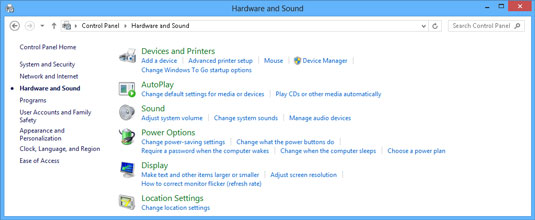
#Sound control windows windows
The best-performing sound-control windows take a systems approach, incorporating features such as the spacers, gas fill, and framing that work in concert to block noise, adds Quiet Solution's Weiss. "A lot of times we're more apt to offer different thicknesses of glass because it really isn't that much more money," says David Doremus, sales manager for Baltimore's BGE Home. The technique also can be combined with other technologies to further improve the window's sound abatement. "As the sound wave travels through the different types of materials, it's broken into different frequencies," he explains.īecause panes of different thickness break up sound better, windows with dissimilar glass can achieve STC ratings of 30 to 34 without laminate, and with a price premium as little as 3 percent to 20 percent. Many sound-control windows use different thicknesses and densities of material within an insulated glass unit, according to Sloane. Offset or dissimilar glass is a popular way to reduce sound transmission at a lower cost than laminated glass or storm panels.

To address the challenges of existing sound abatement technologies, manufacturers are finding new techniques to block noise. The secondary window can change the aesthetics or operation of the unit, however, and can add to the total cost. Sound needs air to move, so the 1/2 inches to 3 inches of dead air space between the primary and secondary window causes the noise to die, says Loren Sloane, director of product marketing for Atrium. And, depending on the product, laminated windows normally cost 10 percent to 50 percent more than their standard counterparts, though laminated windows without an impact rating are less expensive than impact-rated products.Īdding a storm panel or an additional monolithic pane to the window can help achieve STC ratings of 39 or higher. A standard insulated window with one layer of laminated glass would have an STC of around 32 to 35, a significant improvement from a standard insulated window with an STC of about 29 or less.īecause the laminated layer requires an extra pane of glass, however, the sash is heavier, so the manufacturer must design the window with the proper hardware and operating capacity to handle the weight. Many window makers have traditionally used standard impact-resistant laminated glass to reduce noise because the laminatepolyvinyl butyral (PVB) interlayer has a different density from the glass, breaking up the sound. The key to blocking sound transmission through a window is breaking up the sound waves, and manufacturers employ a variety of technologies to achieve that goal. For every increase of 10 in the STC rating, the sound passing through the unit is halved the higher the STC, the better the unit is at blocking sound. Most pros compare the sound transmission of windows using the Sound Transmission Coefficient (STC) scale. "Being able to, in the literature, say what we've done to control sound" makes a big difference.īuilders also can develop closer to loud but job-rich city centers or noisy transportation hubs such as freeways and train stations, reducing commute times and gas costs-as well as pollution. "We might have customers not used to an urban environment, or empty nesters very concerned about being able to sleep at night," says Weber. Sound abatement also allows builders to develop previously undesirable land in noisy areas, to market their homes as ultra-quiet, and to sell them at a higher price. "People are having an increasing awareness with noise as an issue and wanting to deal with it more and more." "Noise is an issue that touches everyone," says Steve Weiss, vice president of marketing for manufacturer Quiet Solution. While VOCs and indoor air quality are often the first issues that come to mind for builders erecting healthier homes, noise control is increasingly considered a green building tenet. "As homes continue to be built closer together, as well as in areas infringing closer to freeways, there's much more call for ," says Dave Koester, brand manager for Weather Shield. Sound-control windows are increasingly in demand for dwellings like Coburn's in dense urban or suburban areas, manufacturers say, especially with space in and around cities at a premium and infill development on the rise. "You're never going to block out a train," Weber admits. On this project, Weber, creative director for Boulder, Colo.-based Coburn Development, speced Weather Shield's Zo-e-shield 6 laminated windows to reduce the sound transmission.

Collins, Colo., 10 times a day, and architect Pete Weber designed a mixed-use project right next to its noisy tracks. The Burlington Northern train runs through Ft.


 0 kommentar(er)
0 kommentar(er)
